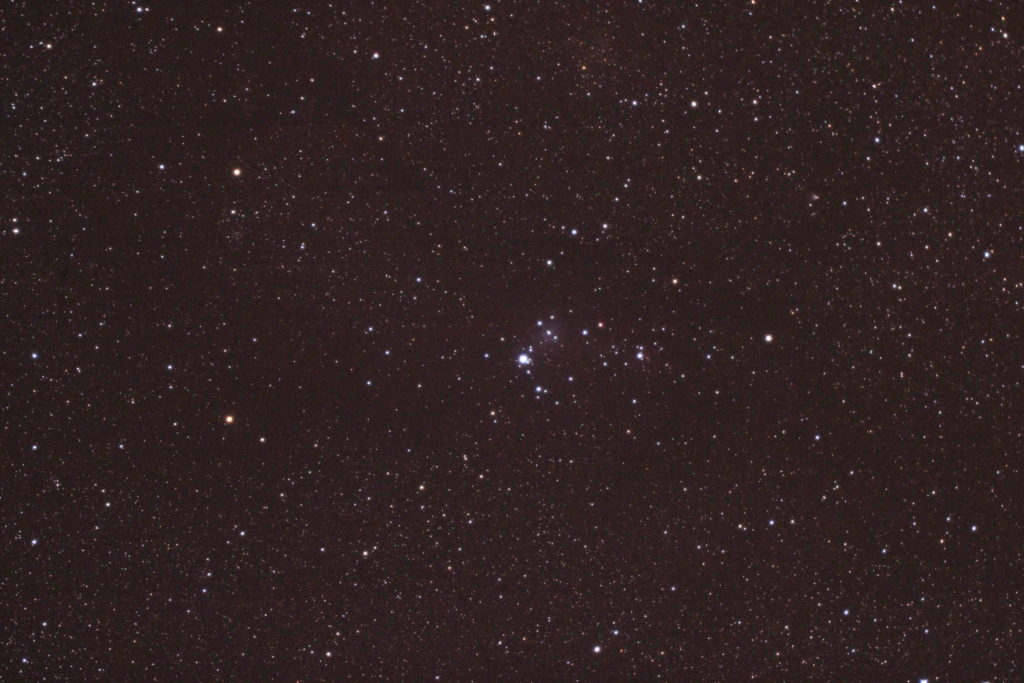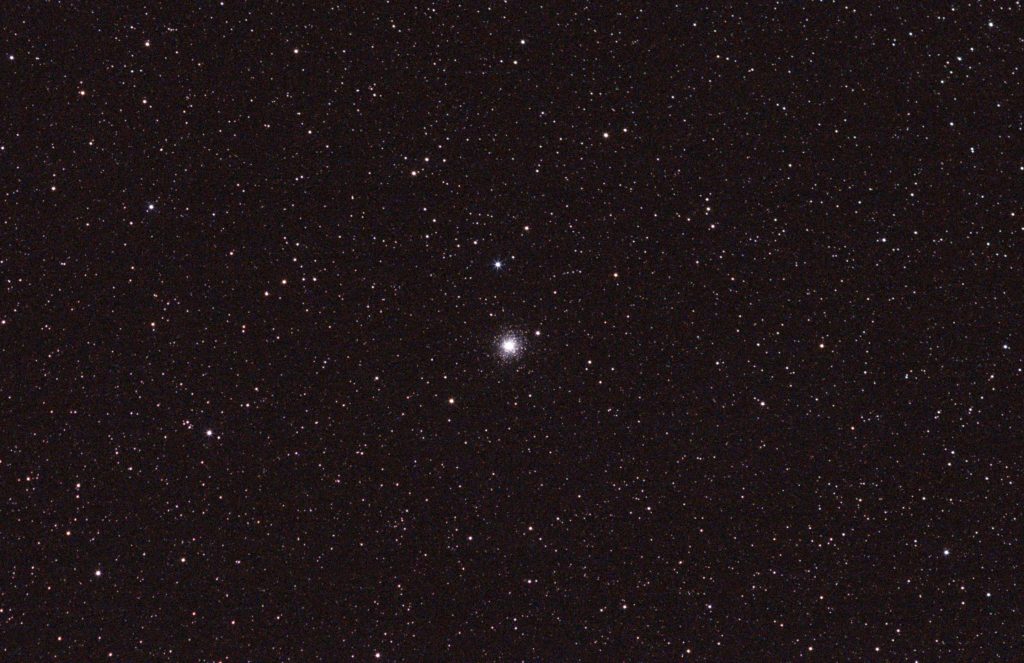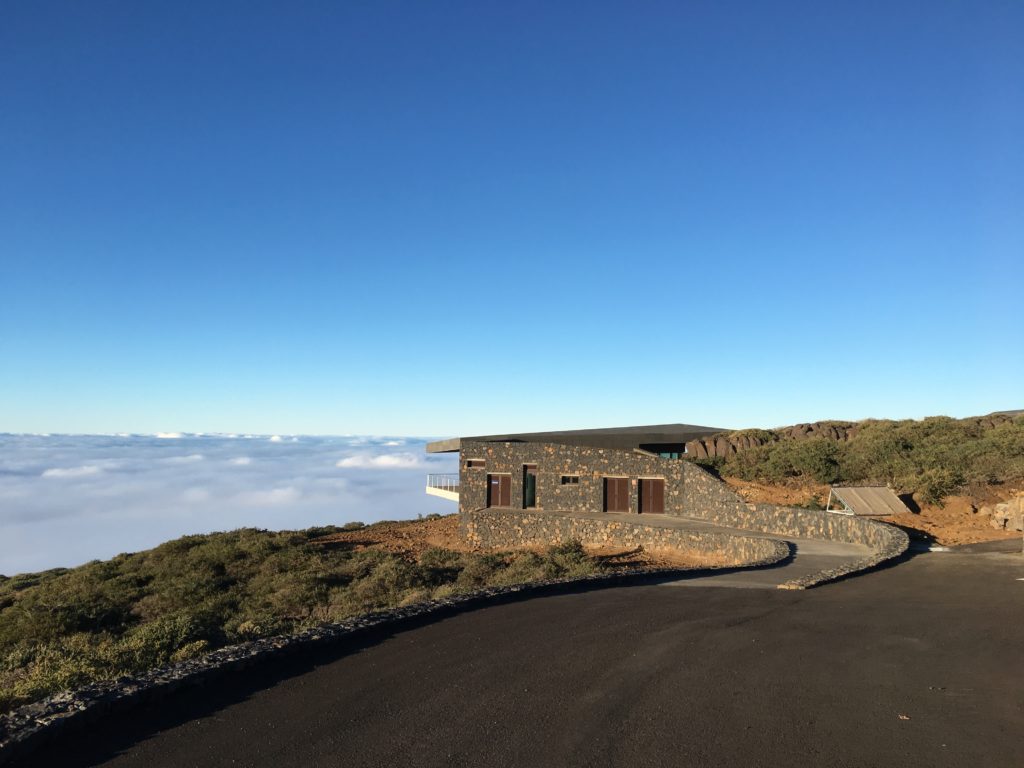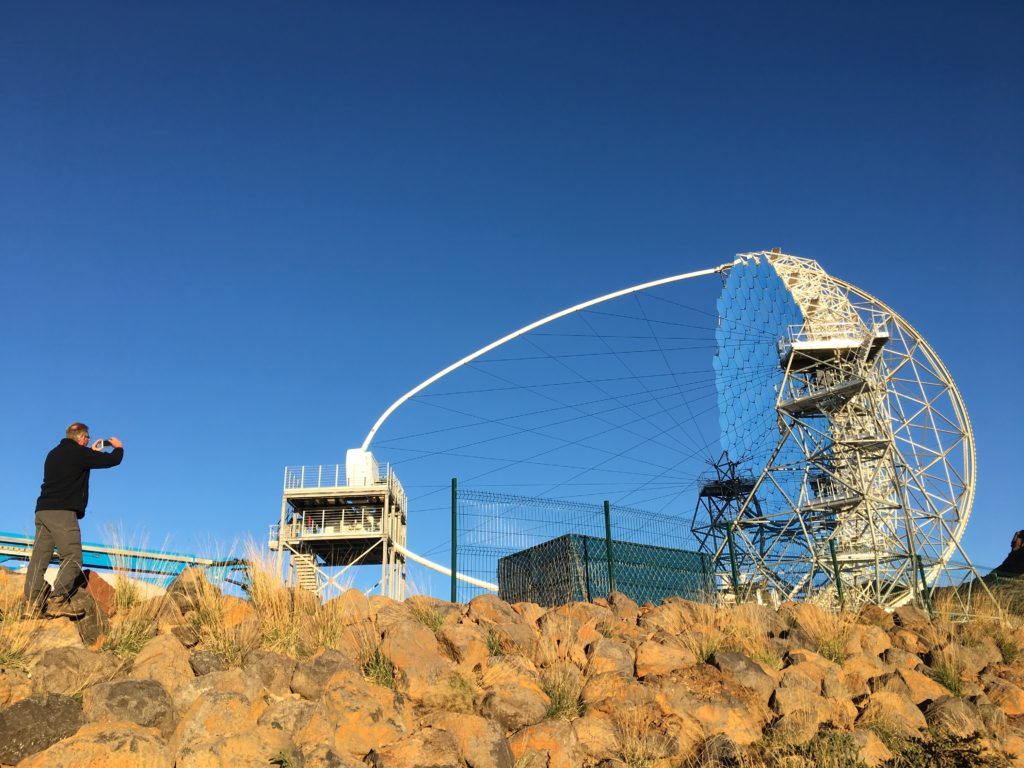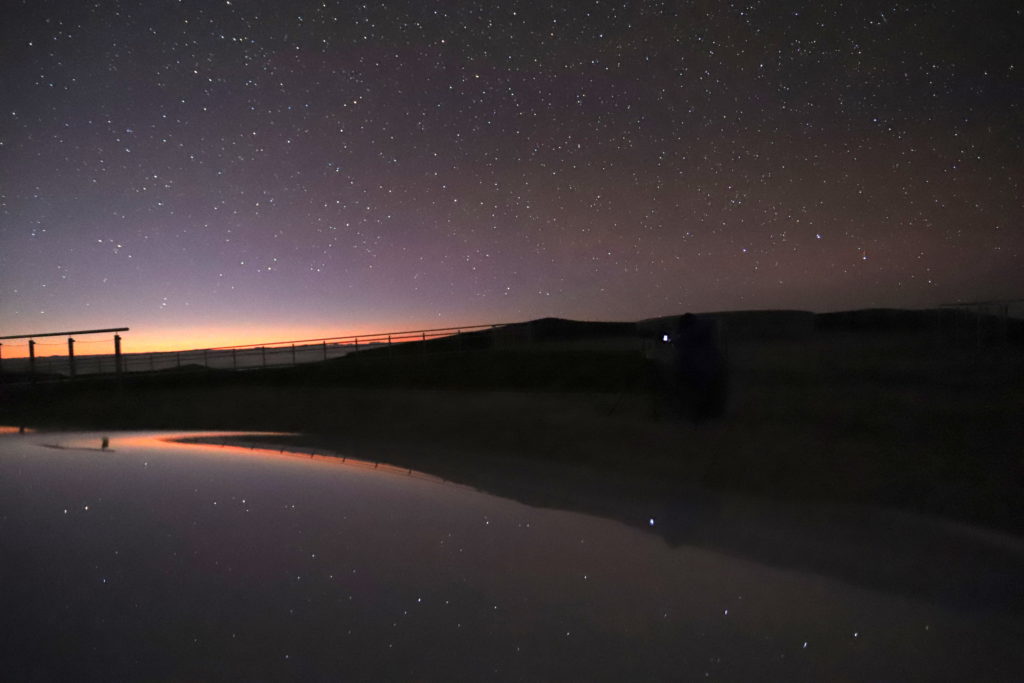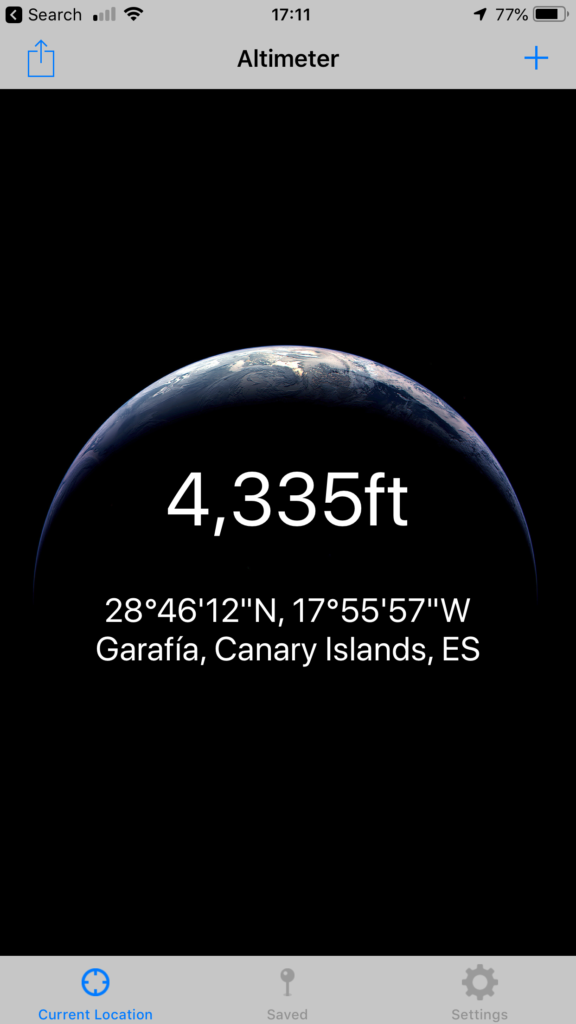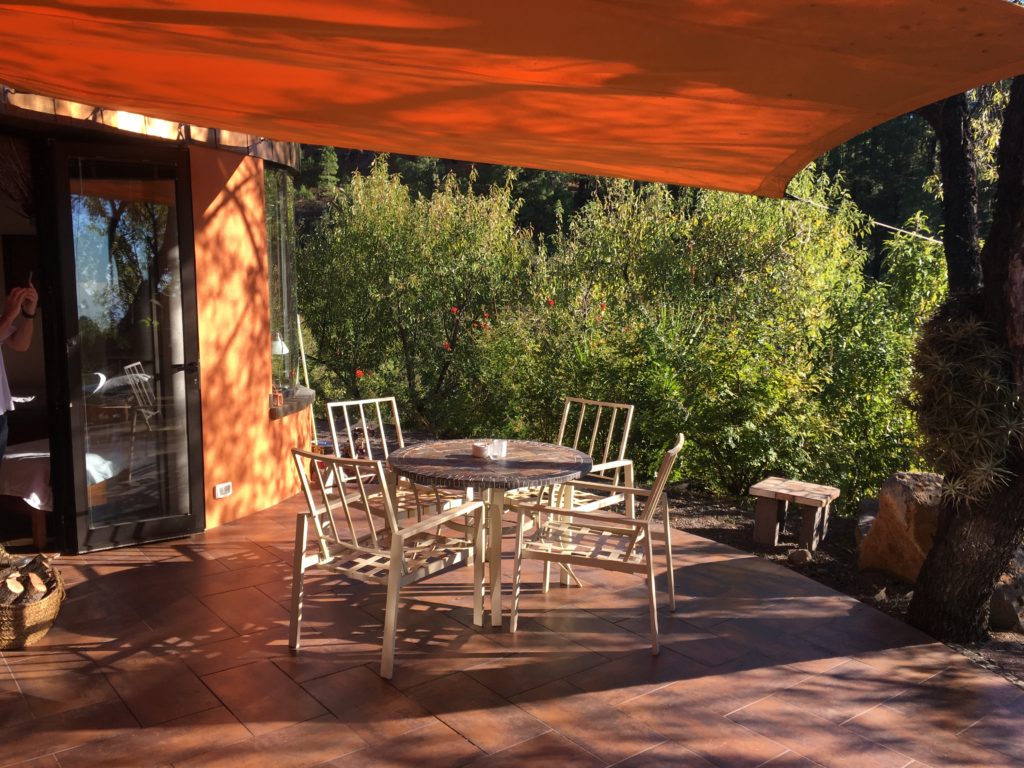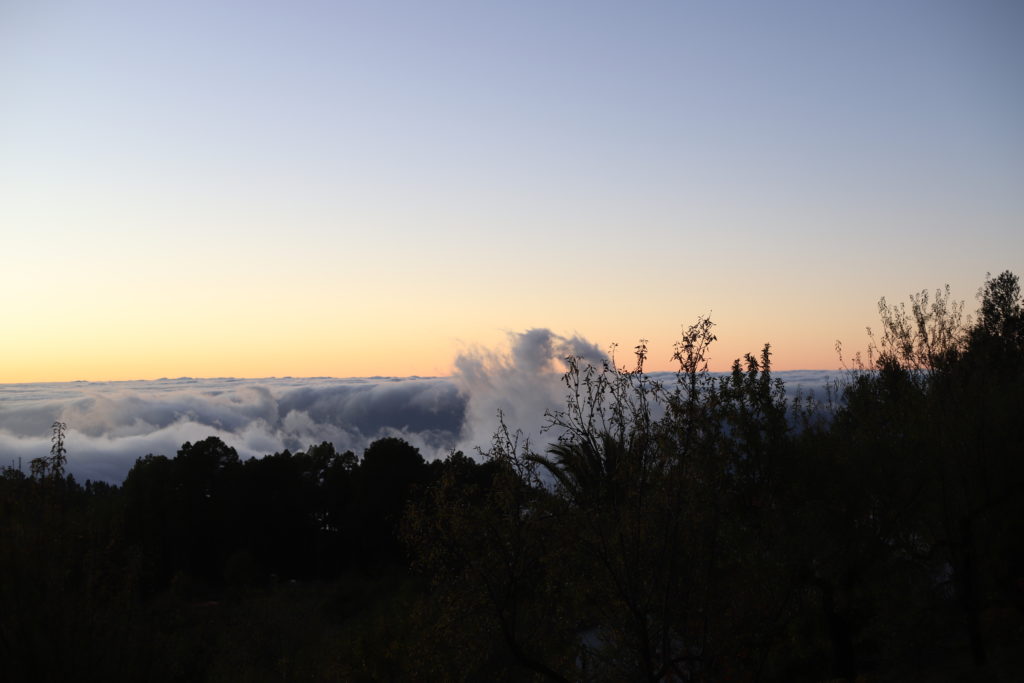Viewing time period – 23:25 – 03:45

(image taken by author from La Palma in 2015)
It should be noted that as a keen astrophotographer this trip has been really hard, I mean really hard. Under the majesty of the night sky at 4,333 ft with absolutely no light pollution whatsoever for 100s of miles and an SQM reading of nearly 22 and seeing of less about 1 arc minute, one wishes they had a camera and refractor to capture the moment forever……….
Well, it would seem that I was wrong. Although I dearly do wish I had a refractor and a camera, I have been hugely impressed with the awe I have felt looking up at the night sky through my 4″ giant binos and really seeing the night sky with the MkI eyeball. There is nothing, no photos, no reading, no watching TV that can prepare you for the a personal connection with the universe, and that will stay with you forever.
So out I went under the ever so bright milky way, Cygnus overhead, Sagittarius setting and the ever present Great Square of Pegasus. But it was none of these I was interested in this evening, after reading an article in the US Astronomy magazine, it was Orion that would catch my eye and eleven thirty PM was just about when Betelgeuse was clearing the tree line to the East.
Collinder 65 – First it is useful to note that Collinder (Cr) is a catalogue of 471 open clusters by the Swedish astronomer Per Collinder. This particular entry is located above the head of Orion and is a vast 2 degrees across, so completely fills the FoV of my 100mm giant Altair binos. Whilst visible with the naked eye, the binos reveal a dispersed bunch of stars and double stars, a very pretty cluster to start the evening with.
M1 – Okay so the sharp ones amongst you will realise that both Cr 65 and the Crab Nebula are actually in Taurus which is adjacent to Orion so please excuse the diversion as we cross the board. At 00:35 I viewed this object after imaging many times in broadband and narrow band. I have also seen through a 24″ dob in the UK. However the detail seen at this elevation with the binos was quiet remarkable. I could make out with averted vision (AV) structure coming and going within this supernova remnant.
Collinder 69 – I had to pick an object to draw, so this was it for me. This beautiful naked eye cluster at the very head of Orion, seen @23:25 and drawn until 23:45. However I could not see the emission nebula surrounding it that is part of Sharpness catalogue through my binos.

NGC 1981 – This distinct cluster of 9-10 stars forms an open cluster next to Running Man nebula. Fairly bland but you can tell it is a cluster.
NGC 1980 – A small open cluster next to the back of M42 with 2 bright double stars and 2 dimmer double stars above and a single bright star near the centre The cluster is about 30 stars, some nebulosity can be seen surrounding it.
M42 – Whilst I have seen this on other nights, the clarity of seeing tonight as the slight claim has moved away has afforded me the ability to actually seen the structure granulation within M42 which I have never experienced. Had I practiced my drawing more I would have sketched it, it kept me captivate for a full 15mins.

M43 – In comparison to the Orion nebula this is not very bright and thus not very interesting and slightly overshadowed by the Great Orion Nebula.
Collinder 70 – At 23:54 I moved to observe the 3 main belt stars in Orion. Collectively you may be surprised to hear they are actually an open cluster and there are so many stars here it takes a while to sweep through even with my 1.7 degree FoV. In total there are over 100 stars that make up the cluster with the right most star seemingly a double.

M78 – When I was panning around left star of belt I again fortuitously stumbled across what looked like 2 stars within a diffuse nebula to the south with a straight edge to the North. It was very prominent and grabbed my attention as did the next object in the FoV with it NGC 7071.
NGC 2071 – Being right next to M78 I could see a nebula surrounding it with AV but also with direct vision DV. Small but obvious in the FoV.
NGC 2024 – The Flame Nebula looks like two bands of nebula with a gap in between through the binos, instantly obvious to me however Alan who had wondered over periodically throughout the night could not see it. Given again I have imaged it was fascination to see visually.
NGC 2023 – The nebula around a star next to main star Alnitak is diffuse and can be seen with AV.
IC434 – Better know as the Horse Head Nebula, it is visible next to the Flame above and can be seen with DV. Only the northern most portion can be seen but not the horse head with this small set of binos.
Sigma Orionis – To finish this evenings visual fest I took a look at a this multiple star system. I could split the 3 stars including HIP 26551 and HIP 1932very easily in the binos.
At this point my back was aching as it was now around 02:30. I decided to head inside for a break and then come back out with the Canon 6D MKII along with Alan’s 200mm lens and perform some more star tests. Some of the raw single images have been included above. Additionally I wanted to bag the comet I had seen a few nights ago visually, namely 38P/Stephan-Oterma. You can just make it out here and if you were to have the full resolution image you could see the Eskimo Nebula too. Alan’s photo using his 71mm Williams Optics refractor is far better as I only had the 200mm lens.

Last on my list for the night, rather opportunistically I took a quick image of M45 that again I viewed the other night. Here is a single 10s image.

At around 03:30 I was tired and Alan and I agreed we had achieved enough tonight and would retire the 10 feet to our respective beds, much better than driving 1 hour down a mountain I can assure you.





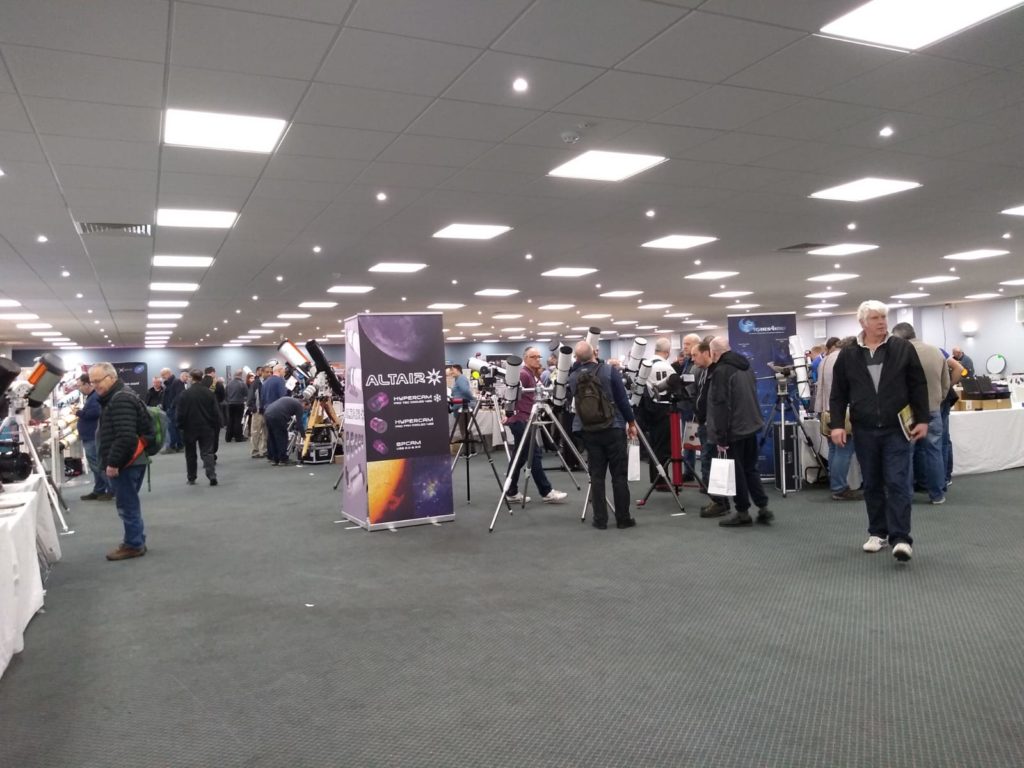

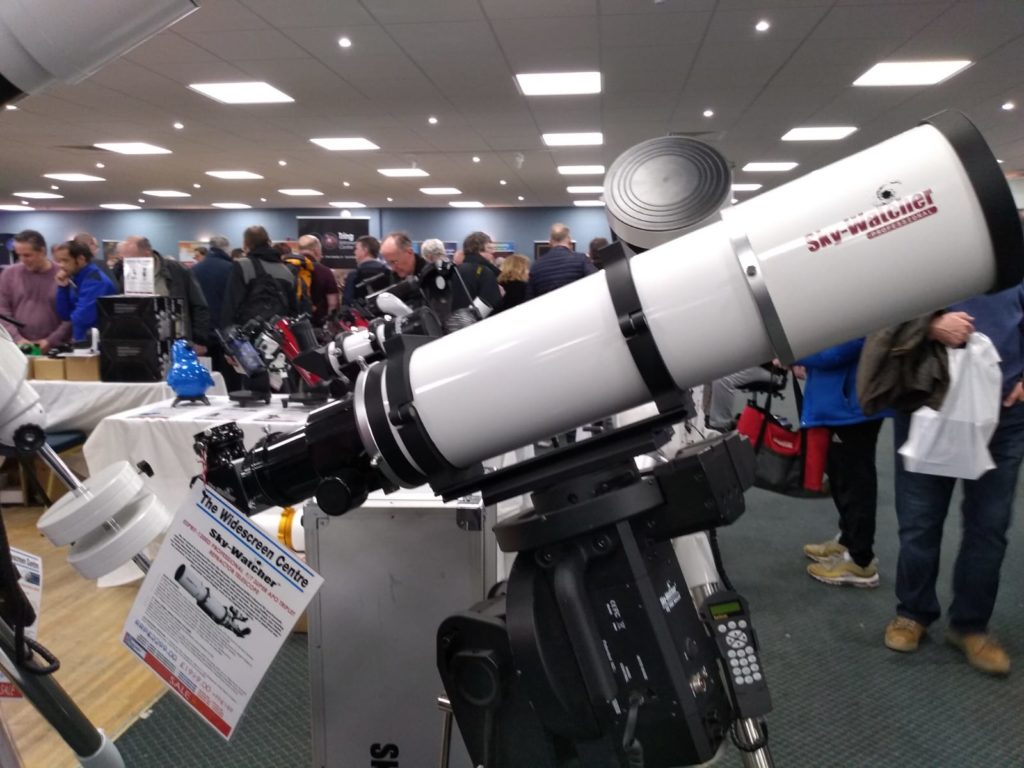




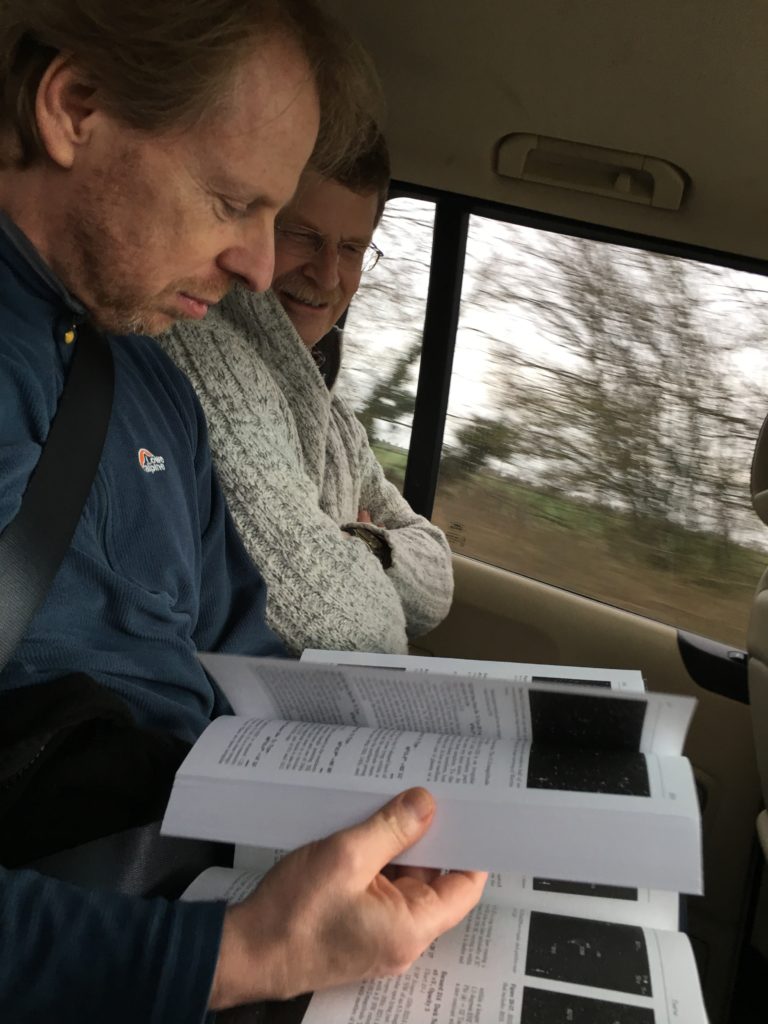



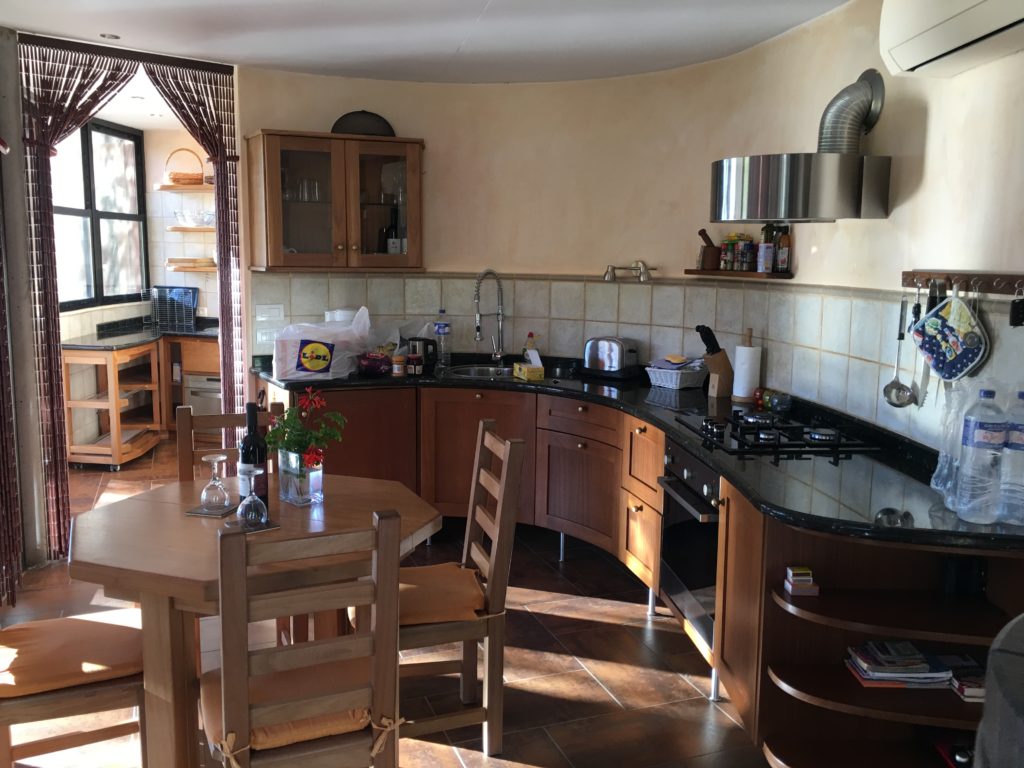


 Enif – After another read of Sky and Telescope this month they had a writeup of double stars which in the past have been a passing interest of mine. Since I had these excellent binoculars on their APM tripod, which by the way is superbly designed, I thought taking in some of these objects would be fun. Enif, also known as Epsilon Pegasi is a 2nd magnitude star representing the front of the horses head. Epsilon peg is also called the pendulum star, for the simple reason if you look at it through a pair of binos or through a small telescope and then move it up and down with the double being on the left and right the brighter component moves first and then the dimmer component has a lag and finally races to catch up. A simple example of how the brain works but moving the binos in my case, up and down multiple stars makes the stars into a pendulum. Very nice indeed.
Enif – After another read of Sky and Telescope this month they had a writeup of double stars which in the past have been a passing interest of mine. Since I had these excellent binoculars on their APM tripod, which by the way is superbly designed, I thought taking in some of these objects would be fun. Enif, also known as Epsilon Pegasi is a 2nd magnitude star representing the front of the horses head. Epsilon peg is also called the pendulum star, for the simple reason if you look at it through a pair of binos or through a small telescope and then move it up and down with the double being on the left and right the brighter component moves first and then the dimmer component has a lag and finally races to catch up. A simple example of how the brain works but moving the binos in my case, up and down multiple stars makes the stars into a pendulum. Very nice indeed.